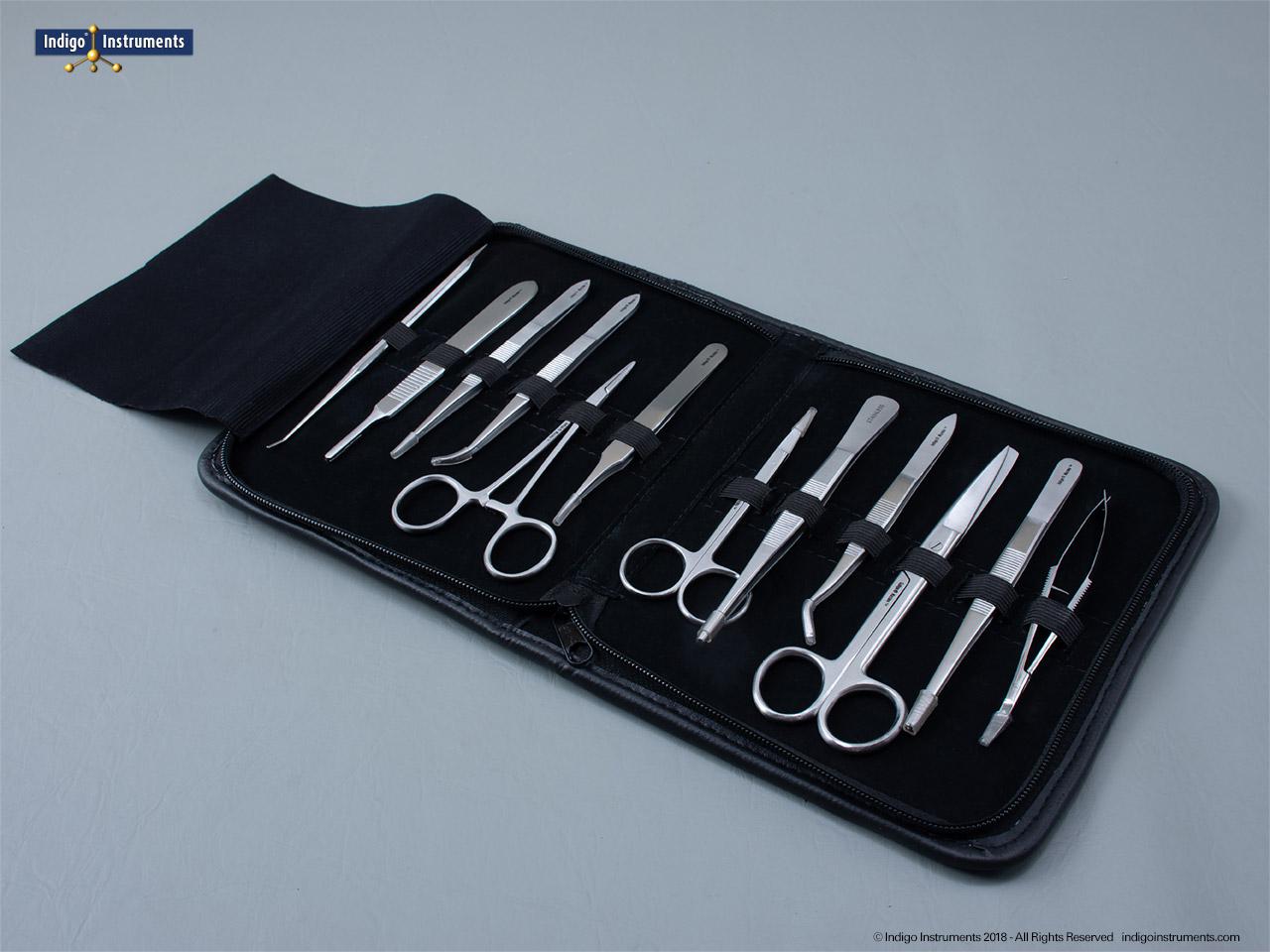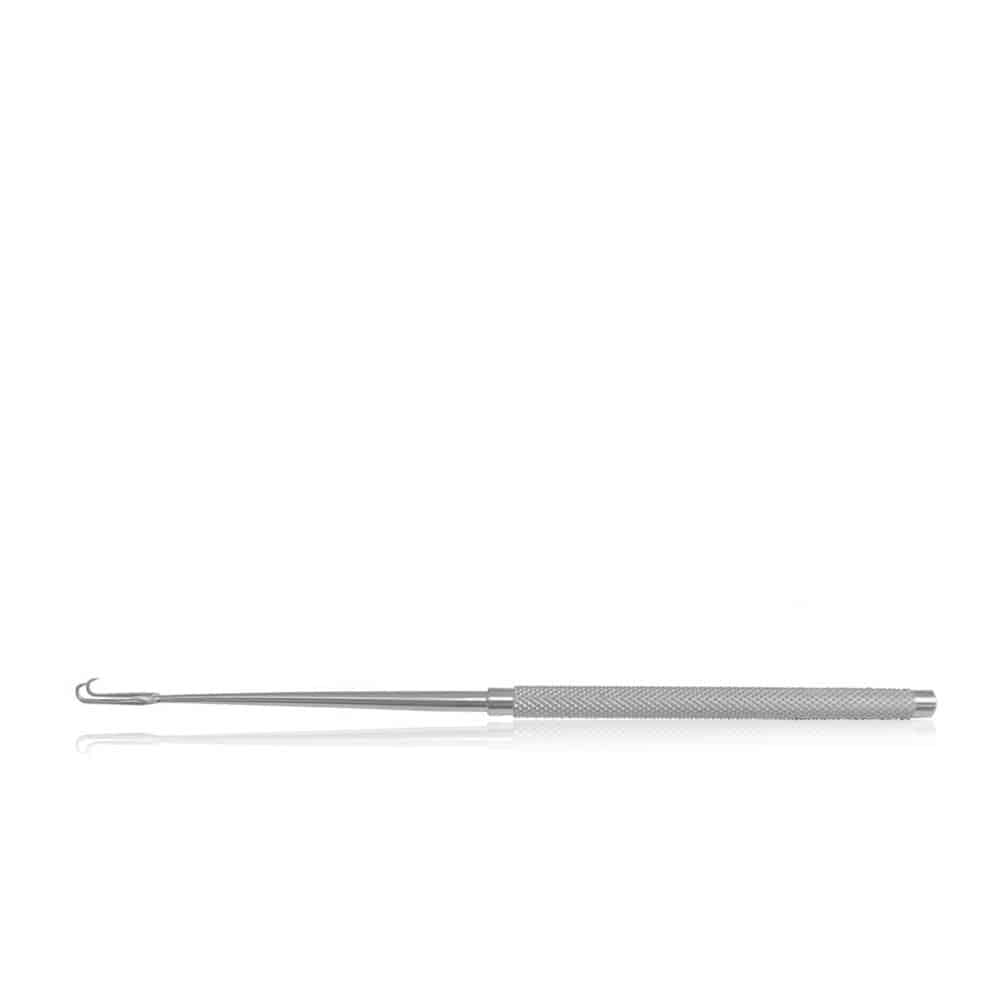

With the support of the SBC/ AT&T, Virtual Microscopy for the Health Profession (VMHP) was introduced to both Medical and Dental microscopic anatomy courses. The Anterior Abdominal Wall: A Self-Study Paper Model. The model has been published in MedEdPORTAL: Sakaguchi A, Bartanuszova M, Williams E, Moore C. An Instructor’s Guide and Assessment Questions have been developed to provide suggestions for using the model in lecture and laboratory settings as well as during peer-to-peer teaching, team-based learning and self-study. As a result, the model can be used to teach the general structure of the inguinal canal, the fascial layers of the spermatic cord and where direct and indirect inguinal hernias would pass through the abdominal wall. The model incorporates superficial and deep inguinal rings, inferior epigastric vessels and the spermatic cord. Small, moveable cutout window flaps in the layers correctly show the aponeurotic composition of the laminae of the rectus sheath both anterior and posterior to the rectus abdominis muscle and above and below the arcuate line. Each layer is labelled with some of the associated anatomical features that can be taught with the model. The model (of a male) uses colored paper or is printed in color to emphasize the multilayered structure of the abdominal wall. Assembling this simple model of these complex anatomical structures is a fun and interactive way that encourages students to transform kinesthetic experience into useful learning. We have developed a simple, paper model of the anterior abdominal wall that is easily printed and constructed. The anterior abdominal wall has numerous layers that are often confusing to beginning anatomy students. The Anterior Abdominal Wall: A Self-Study Paper Model: Shine Academy of Health Science Education Small Grants Program. Supported by a grant from the University of Texas Kenneth I. The model and educational package will be disseminated through educational sites such as MedEdPORTAL and the NIH 3D Print Exchange. The package will include html5 and SCORM compatible content and formative assessment activities for self-study and in-class use via mobile devices.

We are also developing an educational SoftChalk package on the larynx to be used in conjunction with the 3D model for teaching beginning students in medicine, dentistry, and the health professions, as well as providing a review for advanced students, including residents and post-doctoral fellows. We are designing a simple, inexpensive, functional model of the larynx to be constructed through 3D printing as an interactive teaching and learning tool for health professions students at many levels and in numerous settings, e.g., self-study, flipped classroom, lab, and pre-exam review.Īssembling this simple model will combine cognitive and psychomotor skills and encourage students to transform kinesthetic experience into useful learning. Significant faculty time and use of expensive anatomical models are needed to clarify these concepts. The structure of the laryngeal airway and arrangement and action of the vocal cords are often confusing to beginning anatomy students, especially using only two dimensional images.

#GROSS ANATOMY DISSECTION VIDEO TOOLS SOFTWARE#
Faculty of CSA have been very active in several innovative teaching projects, which has culminated in the development of software and other curricular tools to enhance in the teaching of their courses. Instruction in the Anatomical Sciences has relied heavily on traditional laboratory instruction.


 0 kommentar(er)
0 kommentar(er)
